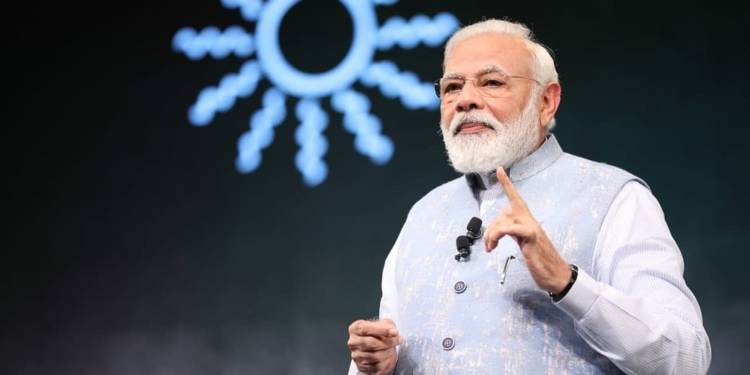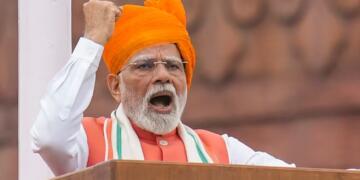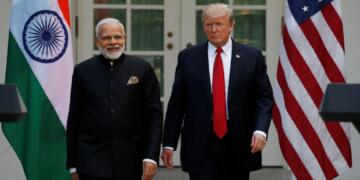A few months ago, India refused to sign Regional Comprehensive Economic Partnership (RCEP), due to which the social media suddenly flooded with trade experts who argued that it was a big mistake as India is set to lose the biggest common market in creation. These social media experts, whose fields of interest with every passing day, were criticizing the Modi government for not allowing India to become part of the China-led common market.
However, the way relationships with China emerged since the outbreak of Coronavirus disease, one can argue that it was a sound decision strategically and economically. As per a data from the Ministry of Commerce and Industry, India is fast bridging the trade deficit with China and Southeast Asia. Between April-July this year, exports to China jumped by 31 per cent despite the lockdown. Similarly, India’s exports to Southeast Asian countries like Malaysia and Vietnam also registered exponential growth during this period.
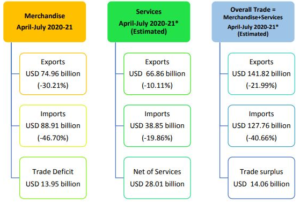
For the first time in the last many years, India enjoyed a quarterly trade surplus. The total trade surplus between April to June was 14 billion dollars as imports declined 40 per cent compared to 22 per cent downfall in exports. Services remain India’s area of performance as most IT companies and other service sectors in which India is a major exporter like pharmaceutical continued to function during the lockdown, and this resulted in service sector surplus of 28 billion dollars while commodities sector registered a trade deficit of 14 billion dollars.
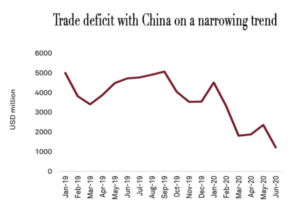
As per the analysis by Credit Rating agency Crisil, India’s trade deficit with China has narrowed continuously in the last few months as exports have risen. The imports have remained benign as demand is weak in the Indian economy due to spread of the Coronavirus disease.
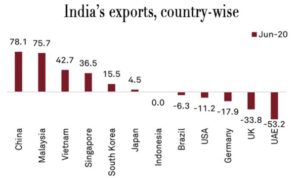
Crisil analyzed the data till June and found that India’s exports to East Asian and Southeast Asian economies have increased in the June quarter while that to Western countries like the United States, United Kingdom has declined.
Growth in exports to countries like China, Malaysia, Singapore, Vietnam, South Korea and Japan and contraction in exports to the UAE, the UK, Germany, the US, and Brazil show that not signing RCEP is proving to be a wise decision because otherwise, India would not have been able to throw Chinese companies out of the Indian supply chain.
Almost 9 months ago, in November 2019, India refused to join Regional Comprehensive Economic Partnership (RCEP), a free trade agreement led by China which includes ten member states of the Association of Southeast Asian Nations (ASEAN) (Brunei, Cambodia, Indonesia, Laos, Malaysia, Myanmar, the Philippines, Singapore, Thailand, and Vietnam) and 6 Asia-Pacific countries (Australia, China, India, Japan, South Korea and New Zealand).
India had its reasons to dump the RCEP, primarily- protection of domestic agriculture and allied activities from the competition of Australian industry and fear of becoming a dumping ground for cheap Chinese products. Had India signed RCEP, China would have continued to flood the Indian market with its cheap low-quality goods and Indian government could not have increased tariff on these given the binding of low tariff due to the deal.
Moreover, not signing RCEP is helping to bring foreign companies to India as these companies want a share in Indian market which now they cannot cater from China given high tariffs and various other restrictions placed on Chinese imports.
If the Modi government can bring the manufacturing activity in India, this would help the Indian economy to attain a sustainable double-digit growth, and make the country a manufacturing powerhouse just like China is now. And not signing RCEP would prove a big fortune for the Indian government.
























